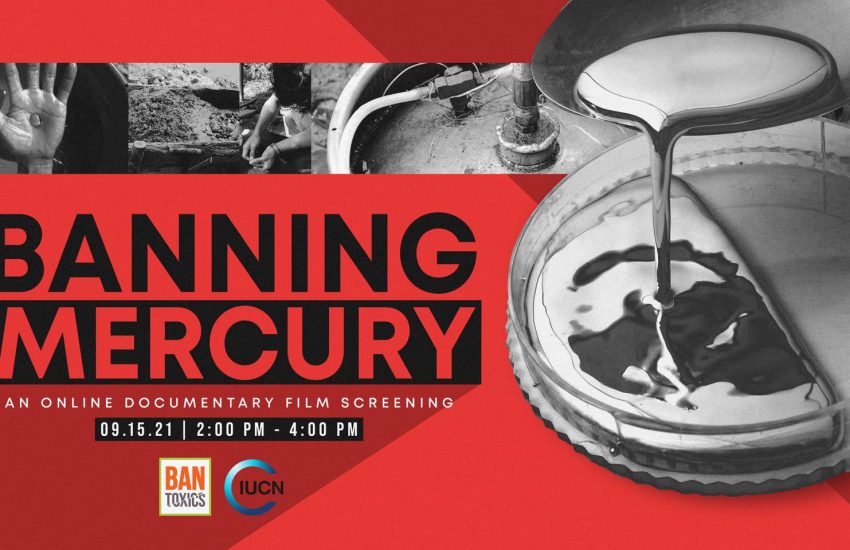This is what the economy of the Amazon…
10 July, 2024


This is what the economy of the Amazon…
10 July, 2024
Monday 13 september 2021
In order to view this movie you have to accept ‘Social media and advertising’ cookies. Click here to change your cookie settings.
Mercury is a highly toxic substance which poses health risks to humans and the environment. The World Health Organization names it as one of the top ten chemicals of major public health concern [1]World Health Organization. (2017). Mercury and Health. Retrieved from https://www.who.int/news-room/fact-sheets/detail/mercury-and-health, 13.09.2021. The ASGM sector has been identified as the main anthropogenic source of mercury pollution, accounting for 37% of the total emissions in the global atmosphere [2]AMAP/UN Environment. (2019). Technical Background Report for the Global Mercury Assessment 2018. Arctic Monitoring and Assessment Programme, Oslo, Norway/UN Environment Programme, Chemicals and … Continue reading.
In April 2020, BAN Toxics, in partnership with IUCN NL, published a study on the illicit mercury trade in Mindanao, as well as the various governance practices for mercury in the study areas. The report makes part of a global study commissioned by IUCN NL, which highlights similar experiences from developing countries dealing with illicit mercury trade.
In line with the results from the study, BAN Toxics produced the short documentary ‘Banning Mercury’, in partnership with IUCN NL.
| ↑1 | World Health Organization. (2017). Mercury and Health. Retrieved from https://www.who.int/news-room/fact-sheets/detail/mercury-and-health, 13.09.2021 |
|---|---|
| ↑2 | AMAP/UN Environment. (2019). Technical Background Report for the Global Mercury Assessment 2018. Arctic Monitoring and Assessment Programme, Oslo, Norway/UN Environment Programme, Chemicals and Health Branch, Geneva, Switzerland. |
10 July, 2024
At last year's regional summit Conversations from the Amazon, representatives of Indigenous peoples gathered in Colombia to share knowledge and…
09 July, 2024
In addition to its incredible species diversity, Madagascar provides millions of people with fresh water and other ecosystem services that…